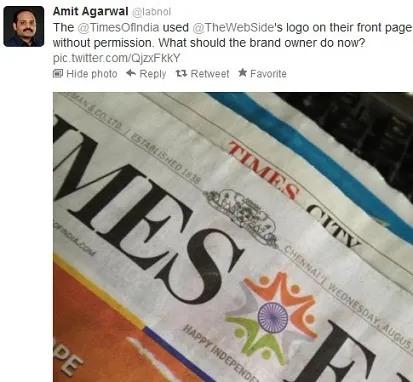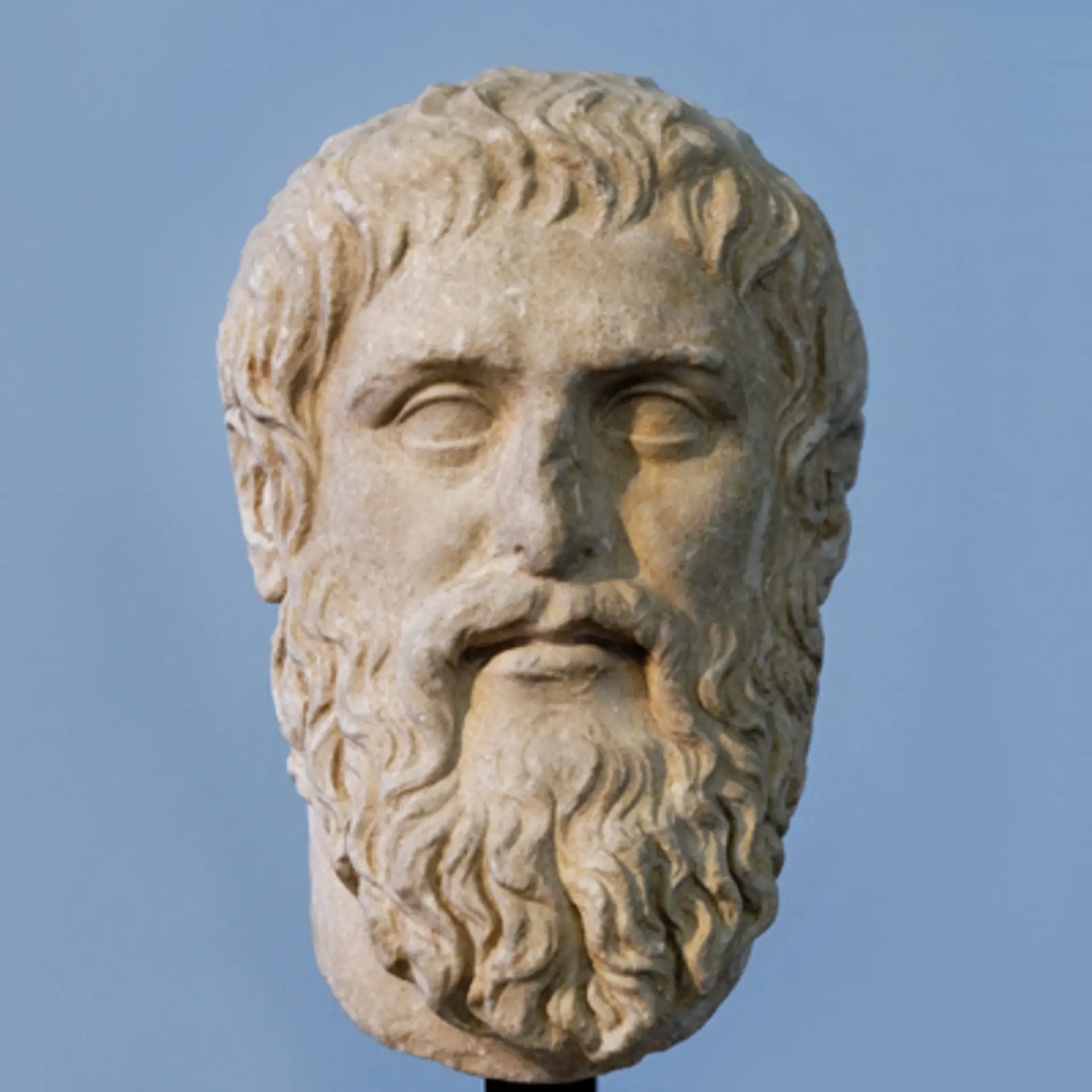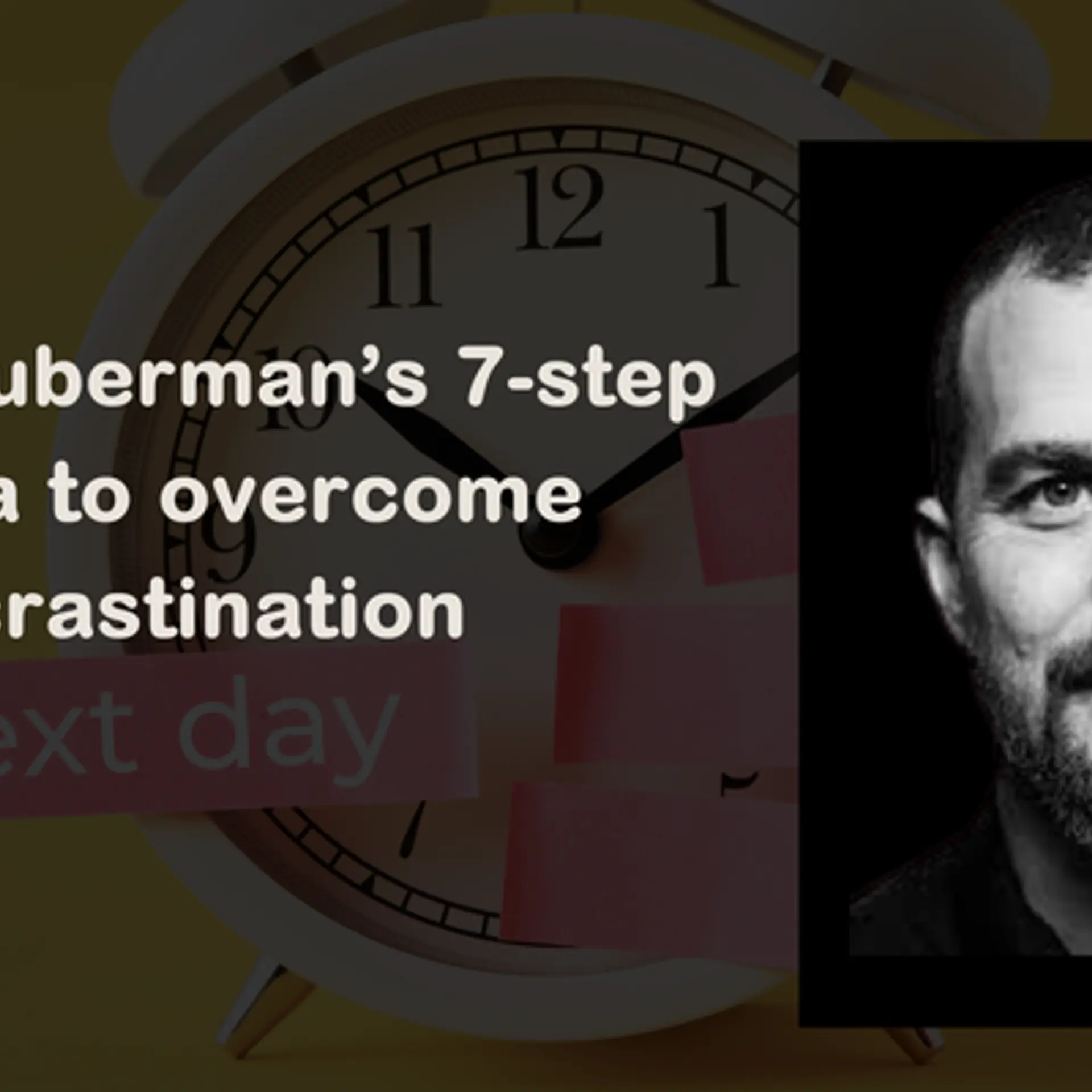Plagiarism has always augured heated debates and will continue to do so. The thin line between inspiration and copying has been blurring ever since and one wonders if it can blur any further? What started this debate recently was when Fareed Zakaria accepted allegations of plagiarism for his column on Gun Control which had a paragraph picked up from The New Yorker. CNN and Time have suspended Zakaria's column for a month.
Following this case, yesterday, on India’s Independence Day, twitter was abuzz with allegations that the Times of India had used a logo created by WebSide, a Digital Media Agency without permission or attributing credits.

Talking to Vinay, the creative head at Webside, he informs, “We doodle our logos for special days like Independence Day, Diwali, etc. and share a version of it for public use. We’re not fussy about it but when someone with TOI’s stature uses our creations without permission, it does pinch.” One can easily empathize with WebSide’s situation here as they don’t have any formal clause regarding picking up material but it is only understood that if you’re a well to do company using material for commercial purposes, it becomes mandatory to ask for permission. Webside also wrote a post on the situation and have written to the Times Of India, demanding an answer.
Before this incident, on August 13th, Lighthouse Insights reported a case wherein SiliconIndia, a popular tech blog in India lifted almost a complete interview with HR Influencer Gautam Ghosh that had been initially posted on LHInsights. Post the revelation, SiliconIndia deleted the article and refused to accept what they’d done but Lighthouse Insights seems to have sufficient proof stacked.
All these incidents lead to the dreaded question again, where do we draw the line? The above occurrences are blatant examples but there are numerous subtle instances where plagiarism shows its ugly face. Let’s face it; we all look around for inspiration and hints to come up with something ingenious. This piece itself wouldn’t have been possible hadn’t it been for external influencers. The digital world has created even a wider web where plagiarism is rampant and in many cases, tough to track. Images are picked up without due credits, insights are stolen with a skeleton built around it, ideas become a race for quicker execution; this are just the few shades of grey. What should be done to prevent these instances? is a million dollar question which is likely to remain unanswered. There’s no black and there’s definitely no white!







